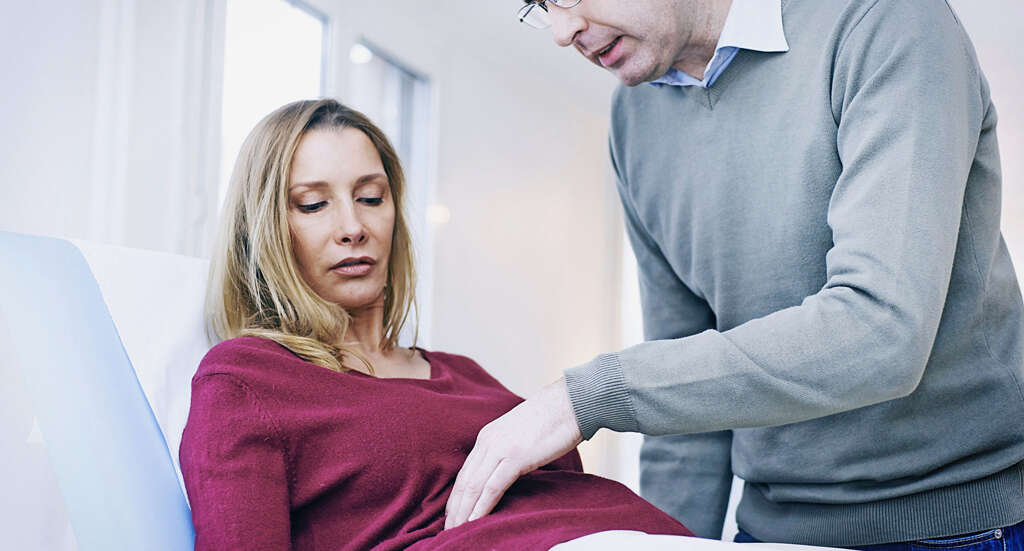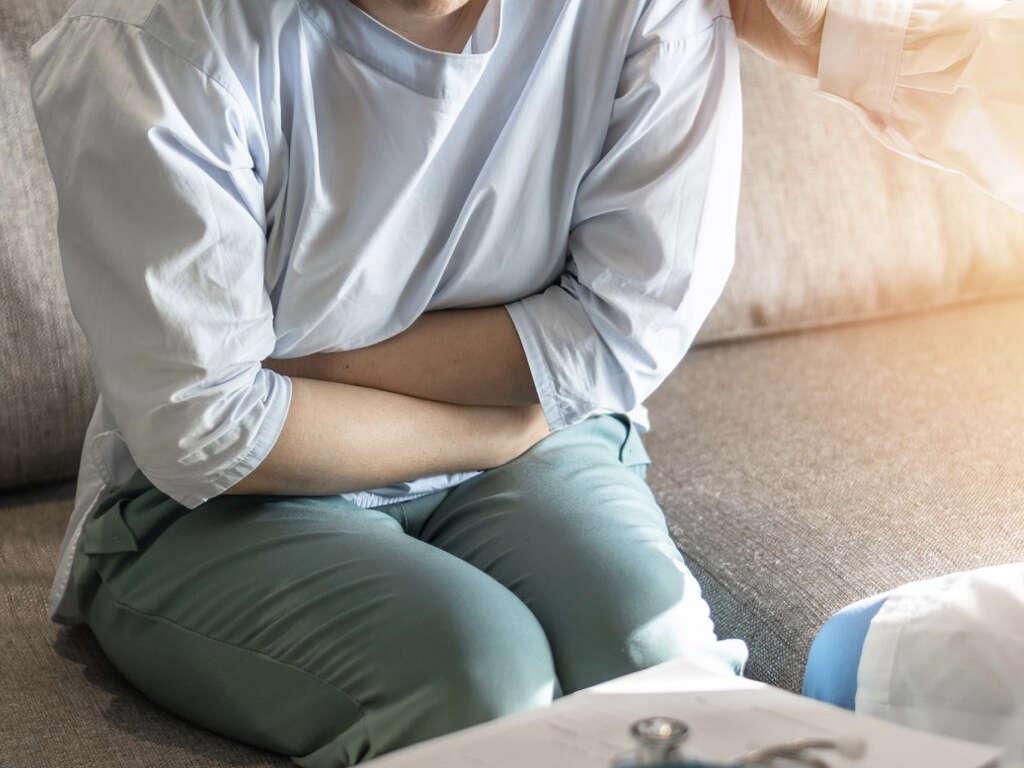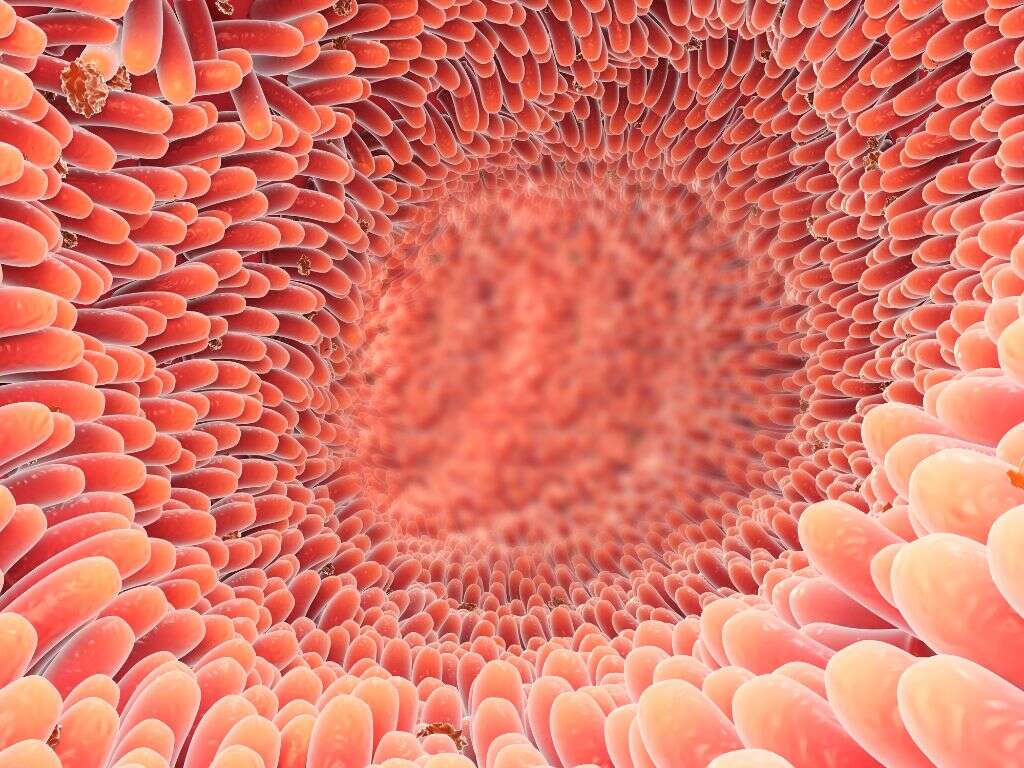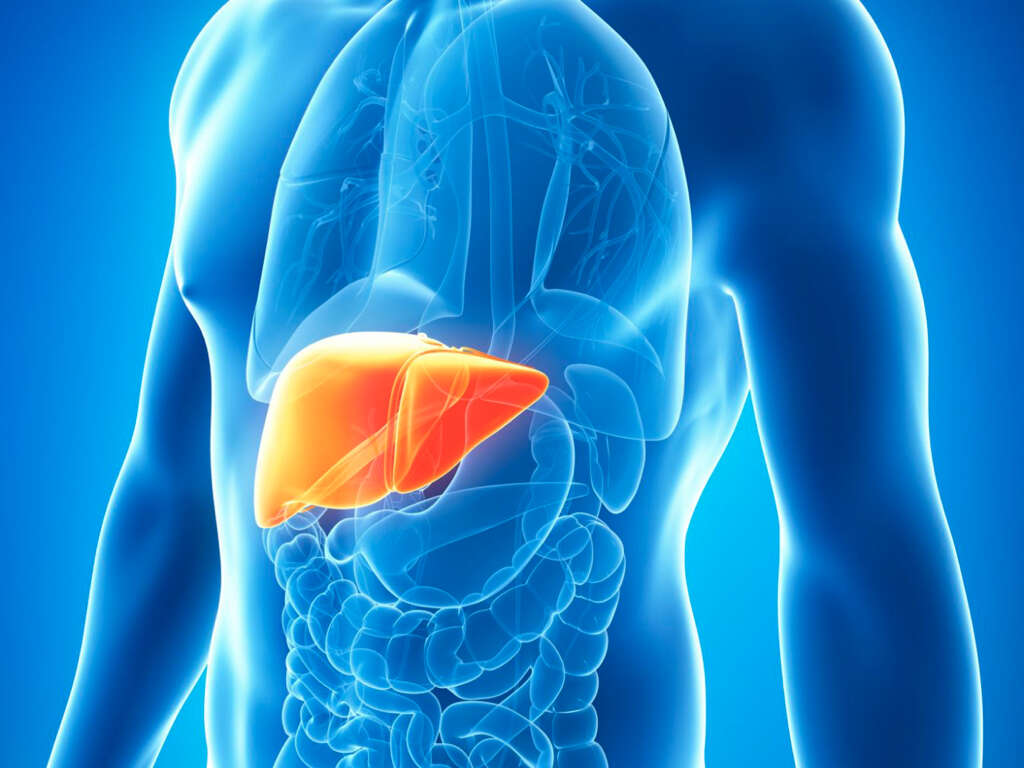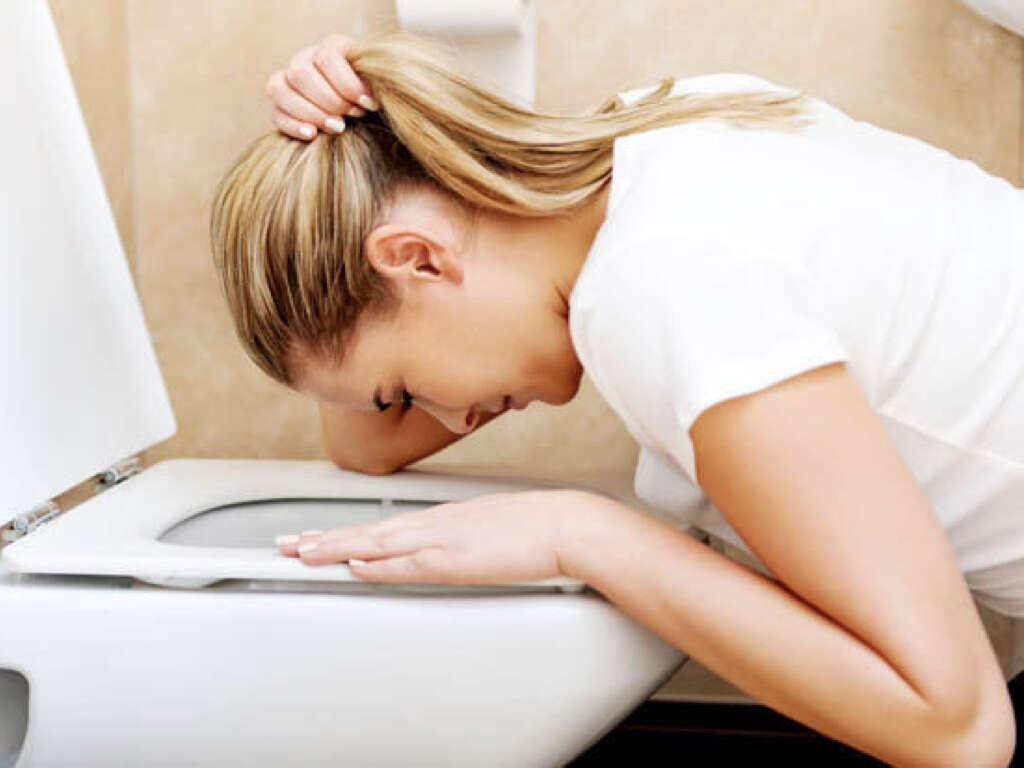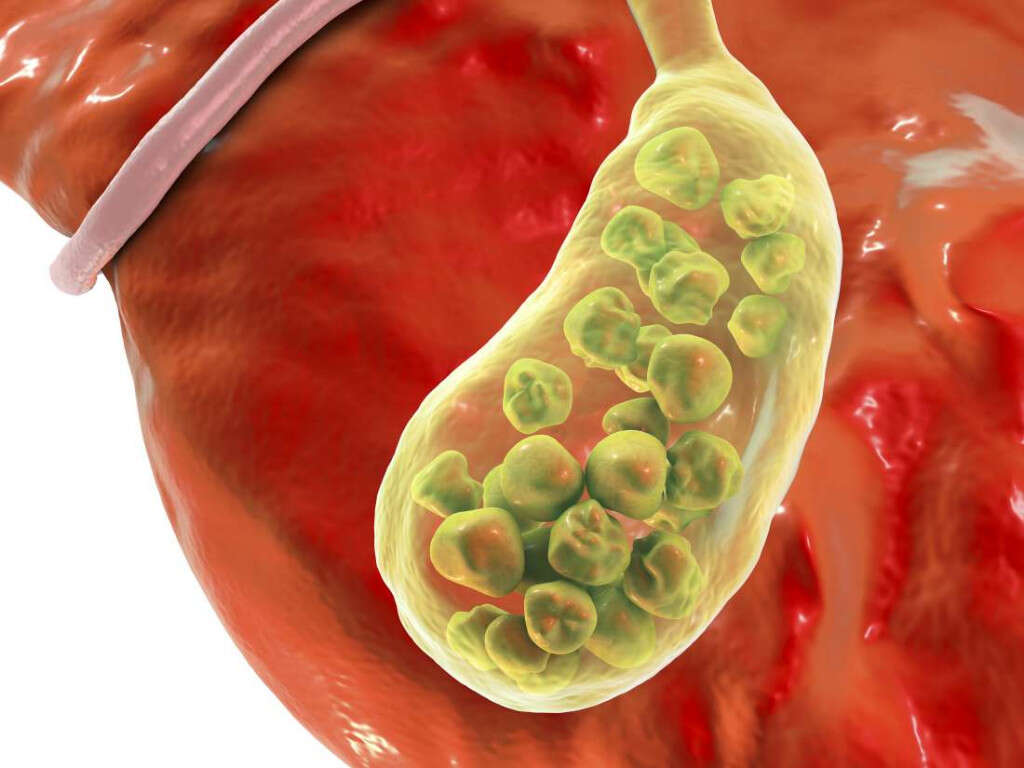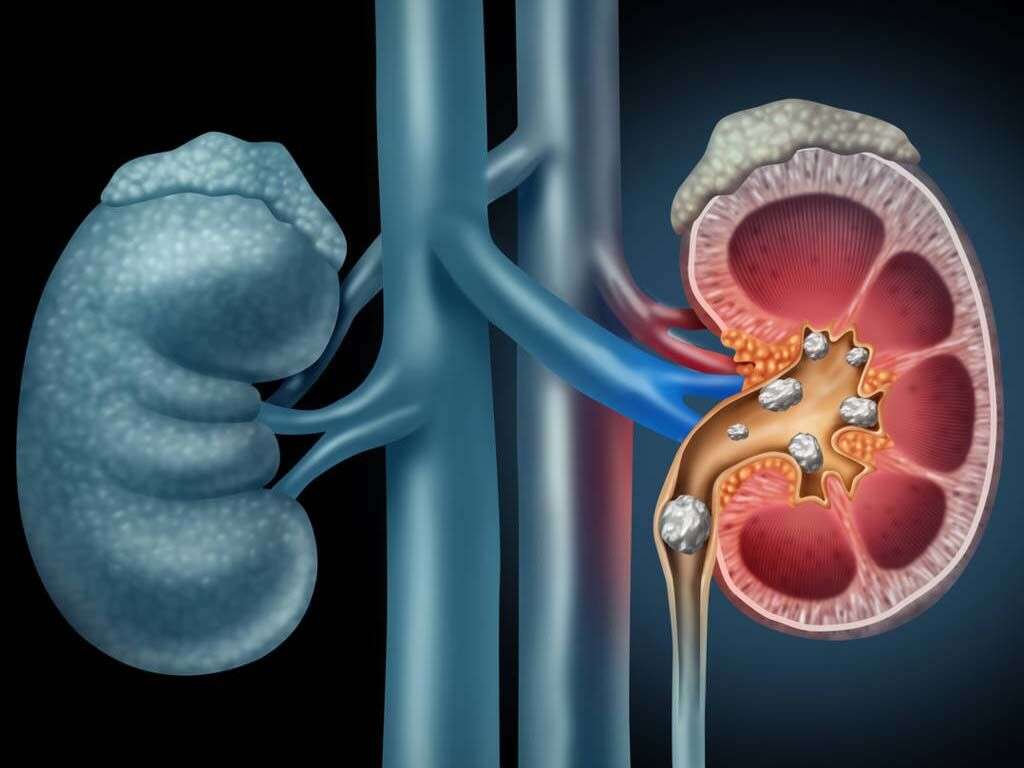What Are Gallbladder Stones?
Gallbladder stones, also commonly referred to as gallstones, are hardened deposits of digestive fluid. They form in your gallbladder, which is located on the right side of your abdomen, beneath your liver. The gallbladder is pear-shaped and holds bile, which is a digestive fluid that’s released into your small intestine.
Gallbladder stones can vary in size. Some don’t cause any symptoms at all, while others can cause debilitating pain. Gallbladder stones are very common, with more than 3 million cases being diagnosed each year. They are also very treatable by medical professionals.

1. Causes
Most gallstones are composed primarily of cholesterol. The remainder are composed of bilirubin and calcium salts. Though we know what they’re made of, we still don’t know exactly what causes gallstones to form. Research has yielded some theories, but there is still much research that needs to be done before we understand gallbladder stones in greater detail.
One theory suggests that too much cholesterol in your bile can cause you to develop yellow cholesterol stones. These stones may form if your bile can’t dissolve all the cholesterol your liver creates. Another theory suggests that excessive bilirubin in your bile can cause your body to form dark brown or black gallstones. Yet another theory is that your gallbladder can form stones if it becomes too full and is unable to empty out its bile efficiently. When this happens, the bile becomes too concentrated and may lead to the development of stones.
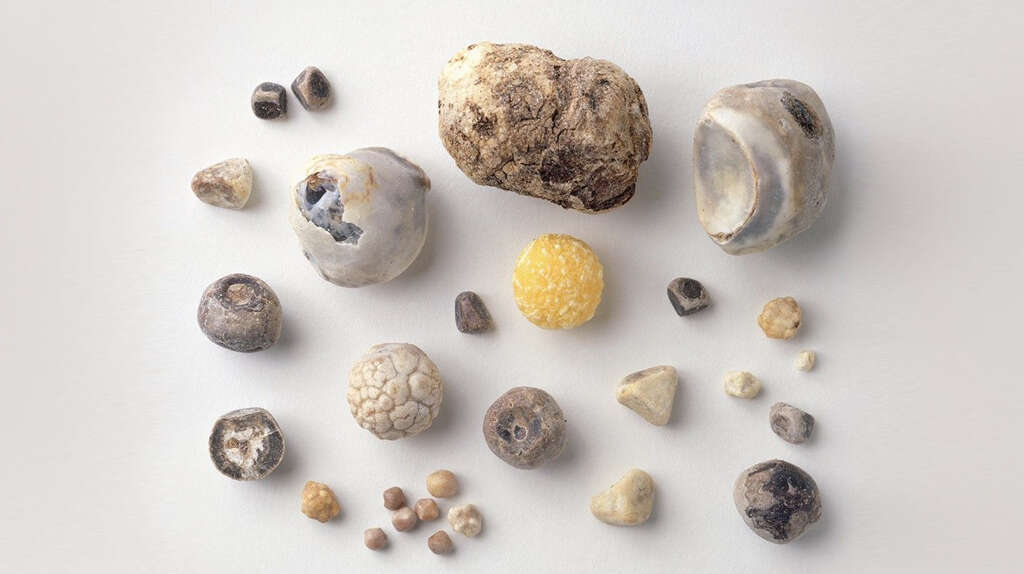
2. Risk Factors
Risk factors for gallstones include high biliary protein and lipid concentrations.1Gabriel E Njeze. Gallstones. Nigerian Journal of Surgery 2013 Jul-Dec; 19(2): 4-55. Other risk factors include having diabetes mellitus, being female and having a family history of gallstones. You’re also at higher risk of developing the condition if you are of Mexican-American or Native American descent.
Lifestyle risk factors include having rapid weight loss in a short time period, eating a diet that’s low in fiber and high in cholesterol or fat, and being overweight or obese. People with cirrhosis or who are taking certain medications for lowering cholesterol are also at higher risk.

3. Transmission
You can’t pass gallstones to others, but the good news is that you can pass them yourself, as long as they are small enough. Some small gallstones pass into your bile ducts after leaving your gallbladder.
Gallstones that don’t become lodged in place move into the small bowel before being passed out of your body through your stool. Unfortunately, inflammation in the bile duct can spread to neighboring organs and potentially lead to severe complications.
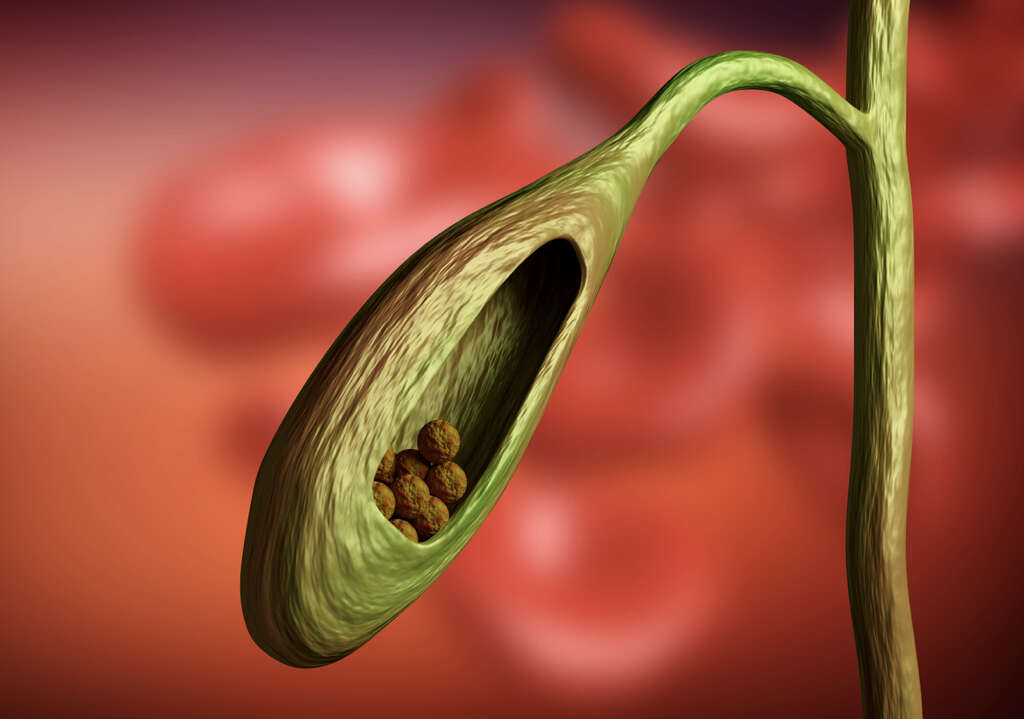
4. Diagnosis
Your doctor can use a variety of techniques to diagnose gallstones. He or she will likely perform a physical examination that includes checking your skin and eyes for a yellowish tint. Yellowing eyes and skin can result from jaundice, which is a condition that occurs when there is too much bilirubin in your body.
Your doctor may also use diagnostic tests to see if you have gallbladder stones in your body. These tests may include an abdominal CT scan, an ultrasound, an endoscopic retrograde cholangiopancreatography, a gallbladder radionuclide scan, or blood tests.
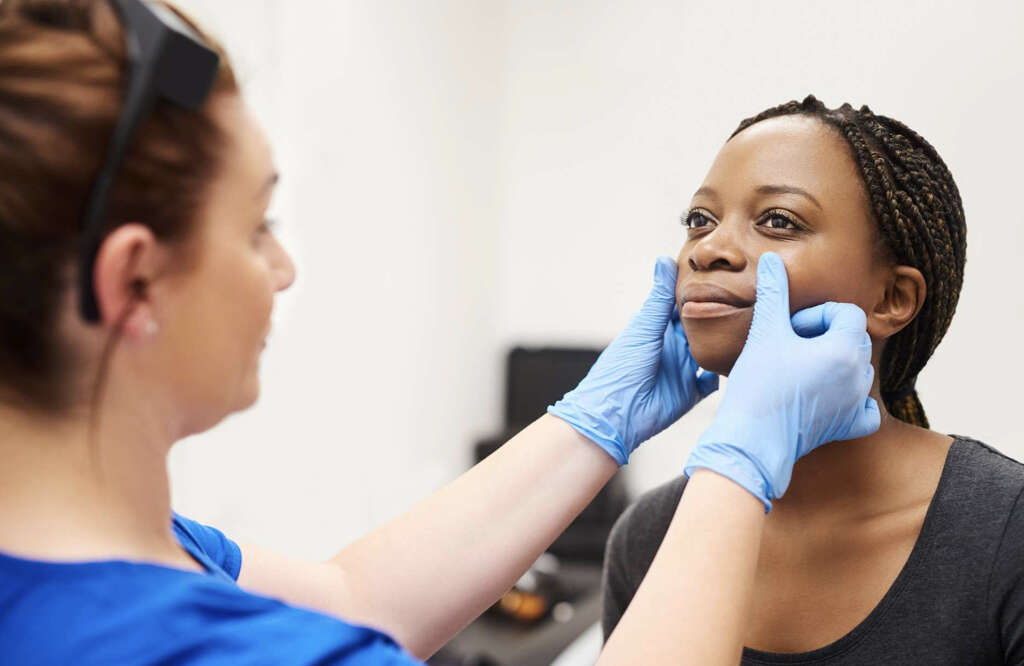
5. Signs & Symptoms
Gallstones commonly cause pain in the upper right abdomen. Usually, the pain doesn’t last longer than a few hours and often comes on after consuming foods that are high in fat. Additional symptoms associated with gallbladder stones include excessive burping, nausea, vomiting, dark urine, and clay-colored stools.
You may also experience frequent indigestion, diarrhea, and stomach pain. These symptoms together are commonly referred to as biliary colic. It’s important to note, though, that gallstones don’t always cause noticeable symptoms. In some cases, they pass without the affected person even noticing.
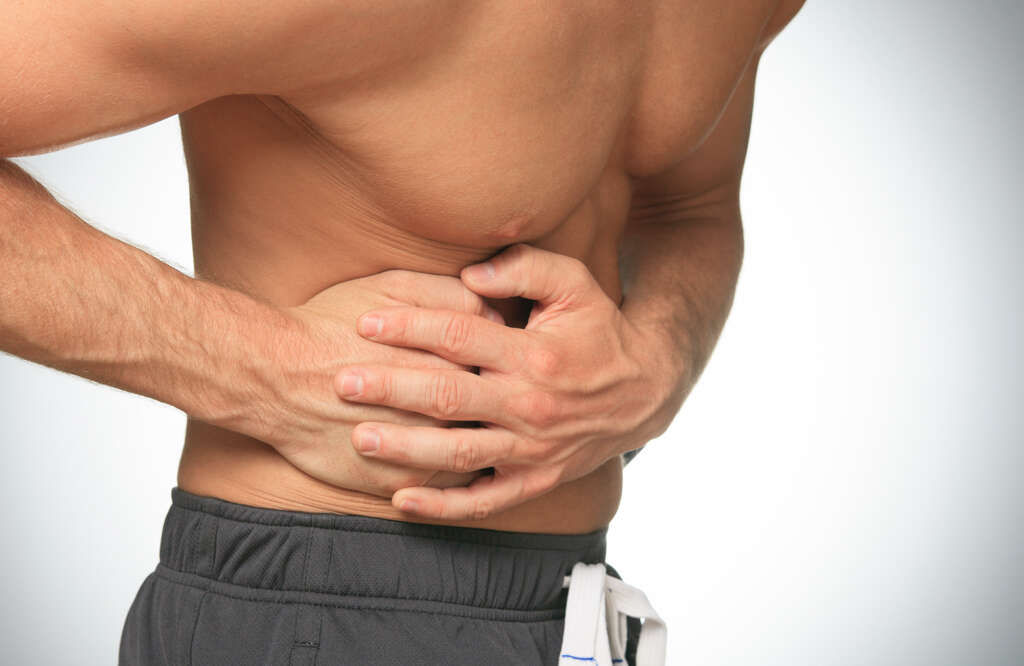
6. Complications
There are minor and serious complications associated with gallstones. If a gallstone blocks the duct that moves bile out of the gallbladder, the gallbladder can become inflamed and infected. This is a medical emergency known as cholecystitis.
Cholecystitis may cause intense, debilitating pain in the mid-right back and upper stomach; fever; appetite loss; and nausea. The risk of developing acute cholecystitis from gallstones that are symptomatic is between 1% and 3%. Other potential complications include gallbladder cancer, jaundice, sepsis, and pancreas inflammation.
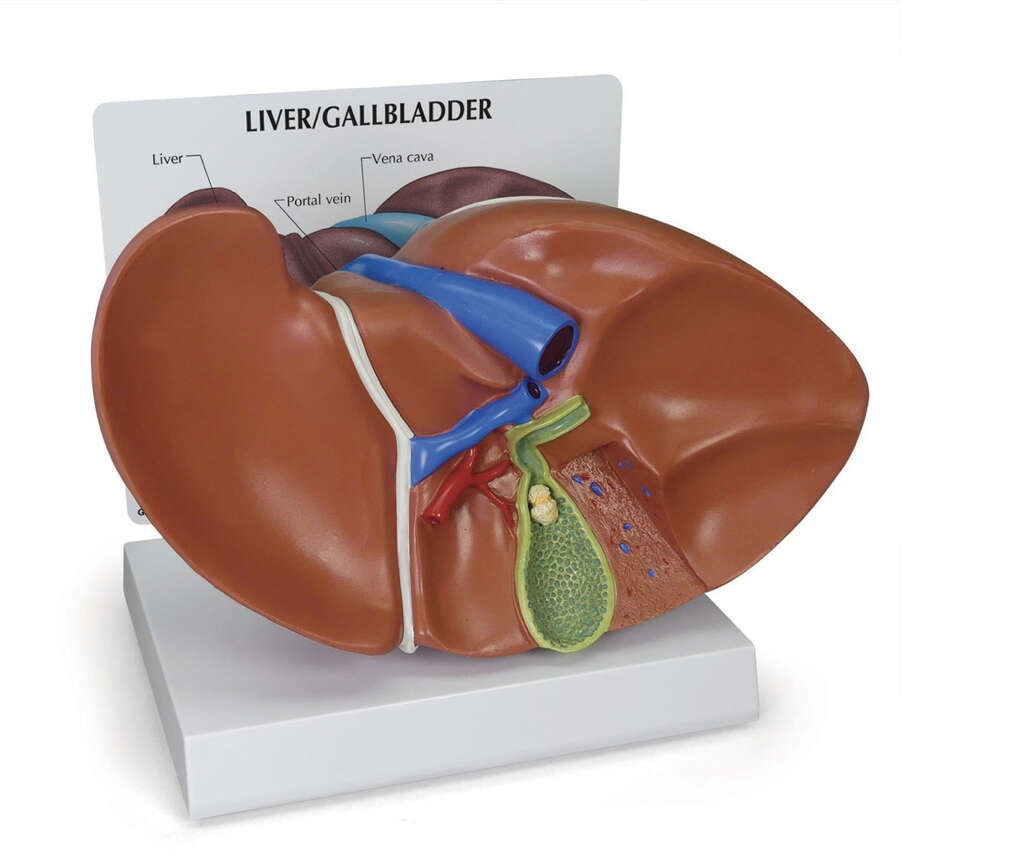
7. Treatment & Management
Gallstones frequently don’t require treatment, as long as they’re small and aren’t causing painful symptoms. Small gallstones may pass out of your body on their own without you even noticing they were there in the first place.
Larger gallstones may be removed through surgical procedures. Medication may also be used as treatment in rare cases. Shock wave lithotripsy may be another option recommended to you by your doctor. It involves using shock waves to break up larger gallstones into smaller pieces that your body can pass more easily.
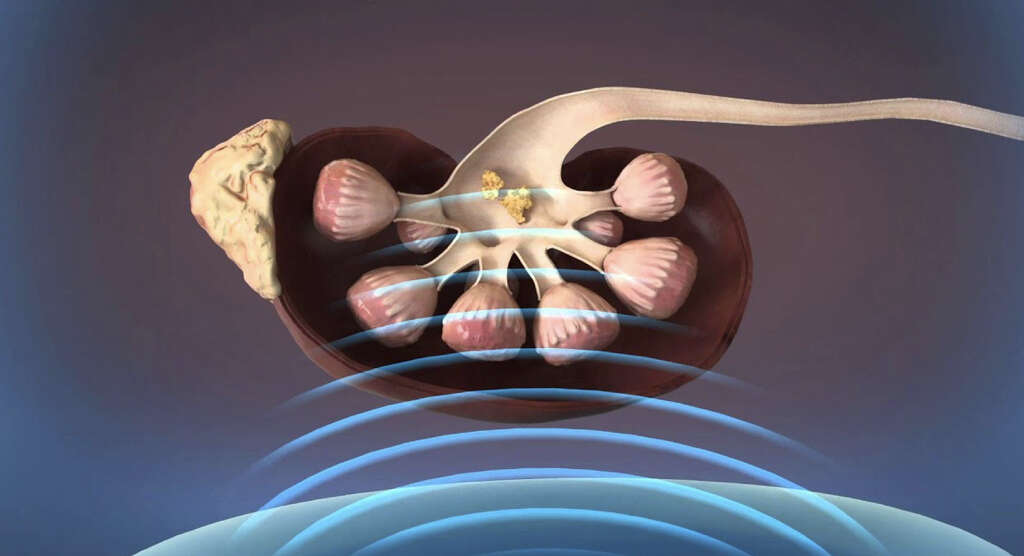
8. Prevention
To help reduce your risk of developing gallstones, there are a variety of things you can do. You can reduce your intake of high-fat foods and increase your intake of fiber. You should also avoid fried and greasy fast foods.
Your doctor may recommend that you eat several small meals per day instead of a few larger meals. This is because your body has an easier time digesting small meals. You should also make sure you drink plenty of water every day (between six and eight glasses). Avoiding foods and drinks that cause diarrhea can also help you reduce your likelihood of developing gallbladder stones.
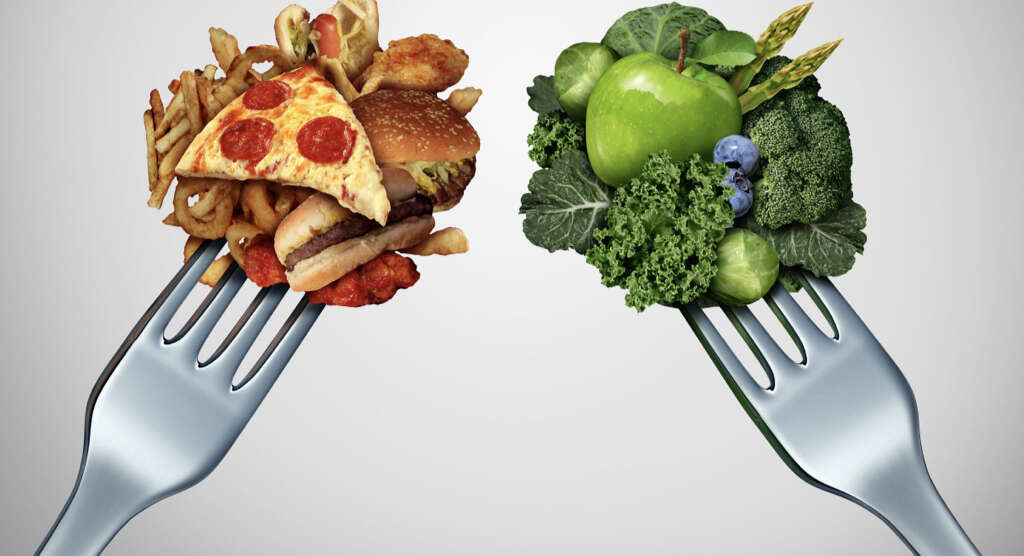
9. Prognosis
For many people with gallstones, the prognosis is very good. If you require surgery to remove stones in your gallbladder or to remove the gallbladder itself, your outlook is most likely positive. In most cases when stones are surgically removed, they don’t return.
If your stones are not surgically removed, your gallstones may return in the future. The good news is that in many cases, gallbladder stones are small enough to pass on their own without intervention. If you adopt lifestyle changes to reduce your likelihood of developing future gallstones, your prognosis is most likely good.
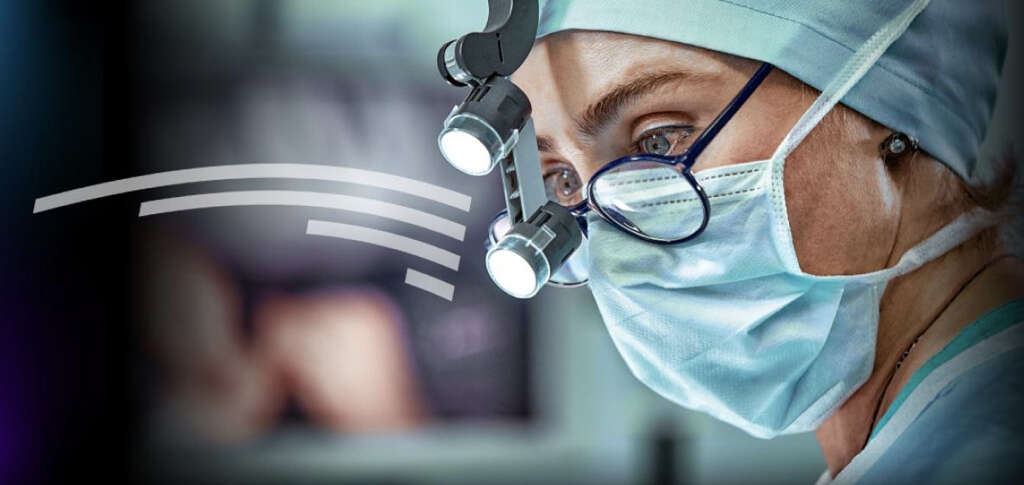
10. When to See a Doctor
Since gallstones can potentially cause serious complications, it’s important to see a doctor if you think you have them. If you experience intense abdominal pain that lasts more than a few hours and is accompanied by vomiting, fever, and/or nausea, schedule an appointment with your doctor. These could be signs of a serious infection that could be life-threatening if left untreated.
Once your gallbladder is inflamed and infected, it is unlikely to heal on its own. You will most likely require some type of medical intervention to help you manage your pain and rid your body of the infection. If your pain is mild and intermittent, you probably do not need immediate medical attention. However, you should still schedule an appointment with your doctor to explore what could be causing your symptoms.
